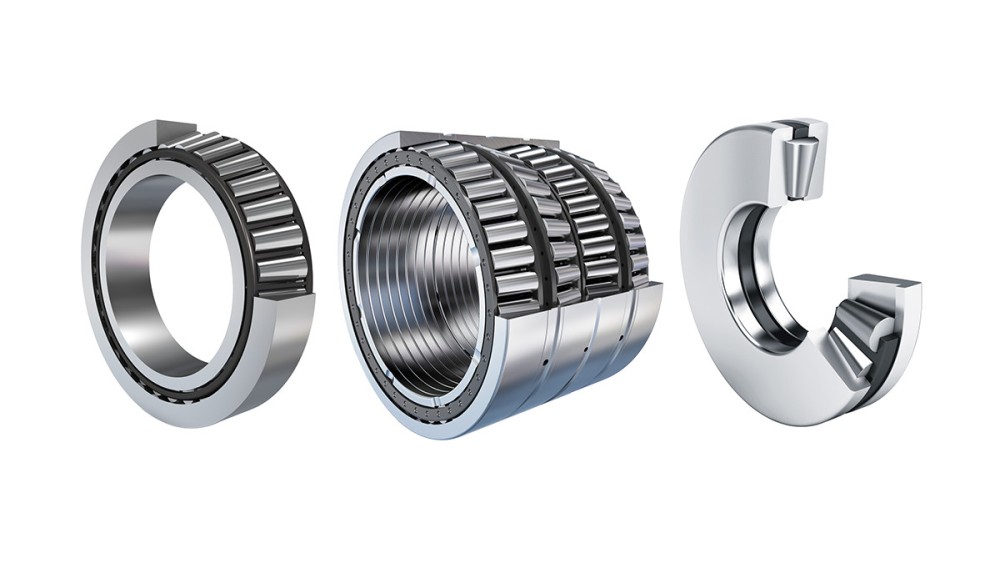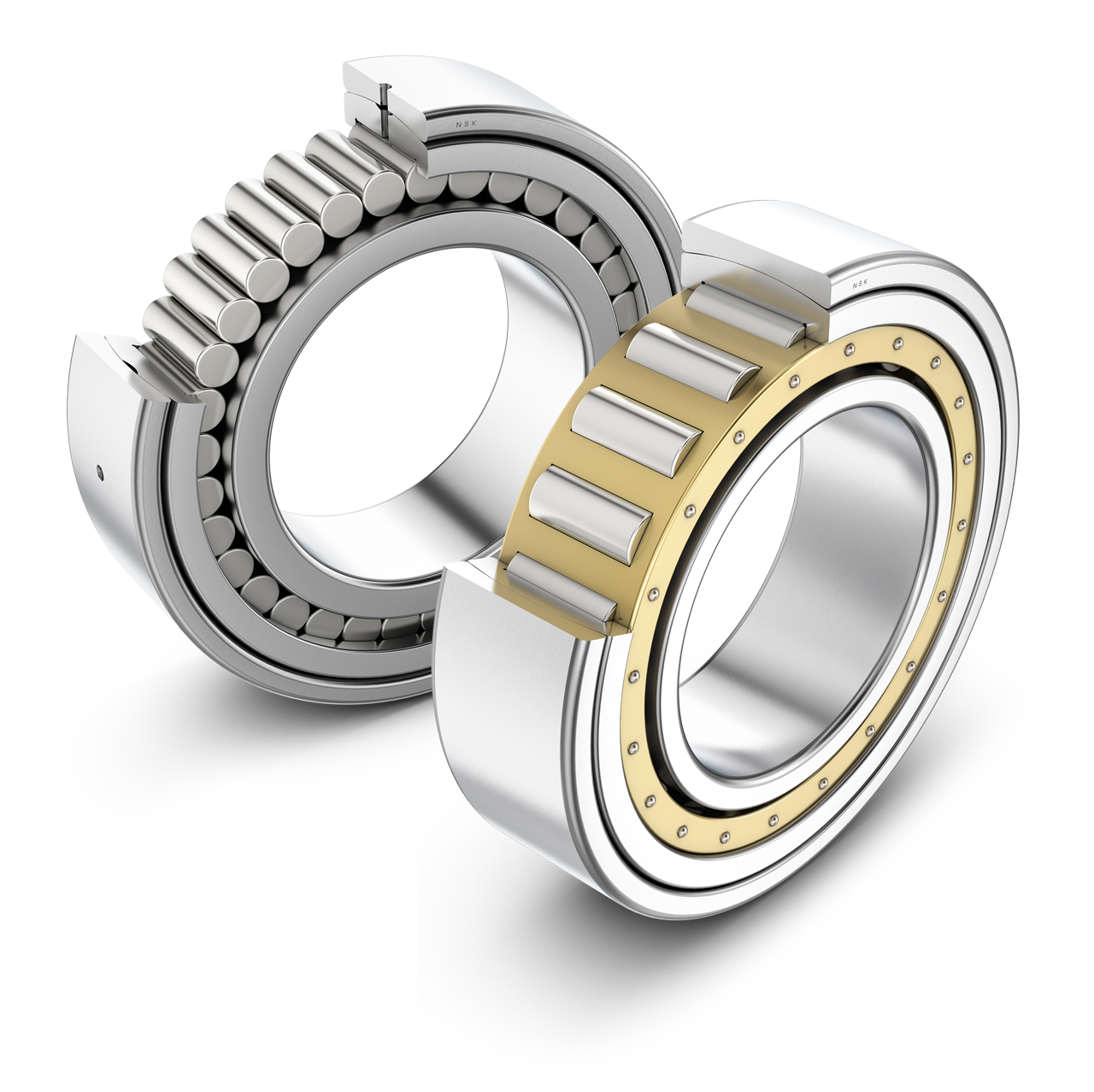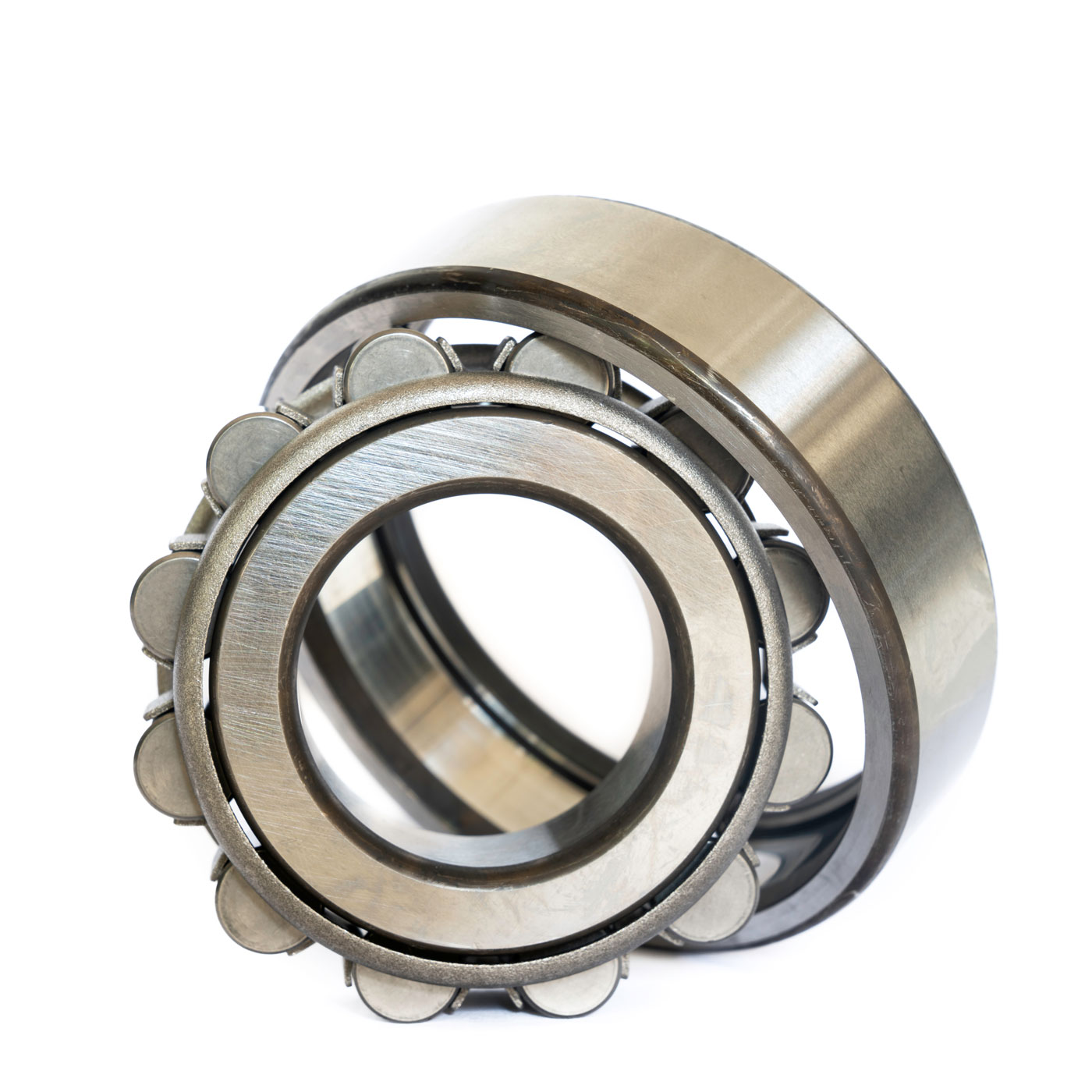Can you Explain the Concept of Bearing Clearance in Tapered Roller Bearings?
Bearing clearance, also known as internal clearance, refers to the space or gap between the various components of a tapered roller bearing when it is not under load. This clearance exists to accommodate the thermal expansion of the bearing components, ensure proper lubrication, and prevent excessive interference during operation. Here’s how bearing clearance works in tapered roller bearings:
- Thermal Expansion:
As tapered roller bearings operate, they generate heat due to friction and loading. This heat causes the bearing components, including the inner and outer rings, rollers, and cage, to expand. Bearing clearance provides the necessary space for these components to expand without causing binding or excessive load on the rolling elements.
- Lubrication Film:
The lubricant within the bearing forms a thin film between the rolling elements and raceways. Bearing clearance ensures that the rolling elements can move smoothly within this lubrication film, reducing friction and wear.
- Operating Conditions:
Bearing clearance affects the behavior of the bearing under different operating conditions. Excessive clearance can lead to vibration, noise, and reduced load-carrying capacity, while insufficient clearance may result in increased friction, heat generation, and premature failure.
- Types of Clearance:
Tapered roller bearings can have various types of clearance, including radial clearance (between the rollers and raceways) and axial clearance (along the bearing axis). The choice of clearance depends on the application’s requirements and the desired balance between load capacity and internal stress.
- Preload vs. Clearance:
Preload, which is the application of a controlled axial force, eliminates internal clearance and optimizes the distribution of load between rolling elements. In contrast, bearing clearance provides the necessary space for thermal expansion and lubrication, albeit at the cost of increased play.
- Application-Specific Considerations:
The optimal bearing clearance varies depending on factors such as the application’s operating temperature, speed, and load magnitude. Engineers carefully select the appropriate clearance to ensure optimal bearing performance.
- Measuring Clearance:
Bearing clearance can be measured using specialized instruments or techniques that assess the gap between components when the bearing is not under load.
Proper bearing clearance is crucial to maintaining optimal performance, minimizing wear, and preventing premature failure in tapered roller bearings. It is a critical factor that engineers consider when selecting and designing bearings for specific applications.
What are the potential challenges or limitations of using cylindrical roller bearings in specific industries?
While cylindrical roller bearings offer numerous advantages, there are also certain challenges and limitations associated with their use in specific industries. Let’s explore some of these potential challenges:
- High-Speed Applications:
In industries that require high-speed rotating machinery, such as machine tools or centrifugal compressors, the limitations of cylindrical roller bearings become more pronounced. At high speeds, factors like centrifugal forces, increased operating temperatures, and the potential for roller skidding can impact the bearing’s performance. Special design considerations, such as optimized cage designs, precision manufacturing, and proper lubrication, are necessary to overcome these challenges and ensure reliable operation at high speeds.
- High-Temperature Environments:
In industries like steel production, glass manufacturing, or certain types of furnaces, the operating temperatures can exceed the limits of standard cylindrical roller bearings. High temperatures can cause dimensional changes, affect the lubricant properties, and lead to accelerated wear or premature failure of the bearing components. To address this limitation, specialized high-temperature bearings with heat-resistant materials, advanced lubrication systems, and appropriate sealing mechanisms are required.
- Heavy Load and Shock Loads:
Industries involving heavy machinery, such as construction, mining, or material handling, often subject cylindrical roller bearings to extremely heavy loads or sudden shock loads. These conditions can lead to increased stress, fatigue, or even permanent deformation of the bearing components. To overcome these challenges, bearings with higher load-carrying capacities, robust designs, and enhanced fatigue resistance are necessary. Additionally, proper maintenance practices and regular monitoring are crucial to detect any signs of excessive load or potential failure.
- Contamination and Harsh Environments:
In industries characterized by harsh operating environments, such as agriculture, forestry, or automotive manufacturing, cylindrical roller bearings can face challenges related to contamination, moisture, or exposure to abrasive particles. Contaminants can accelerate wear, cause damage to the bearing surfaces, or impair the lubrication effectiveness. Sealing solutions, effective maintenance practices, and the selection of appropriate bearing materials are essential to mitigate these challenges and ensure reliable performance in such environments.
- Space Limitations:
In certain industries like aerospace or robotics, where space is limited and compact designs are required, the size and dimensions of cylindrical roller bearings can pose challenges. Finding suitable bearing sizes that meet the specific space constraints while still fulfilling the load and performance requirements can be a limitation. In such cases, alternative bearing types or customized bearing solutions may be explored to overcome the space limitations.
It’s important to note that while there may be challenges or limitations associated with using cylindrical roller bearings in specific industries, advancements in bearing technology, materials, and design continue to address and overcome many of these limitations. Consulting with bearing manufacturers, considering application-specific requirements, and implementing appropriate maintenance practices can help mitigate these challenges and ensure the successful use of cylindrical roller bearings in a wide range of industries.
Can you explain the design and structure of cylindrical roller bearings?
Cylindrical roller bearings have a specific design and structure that enables them to handle high radial loads and moderate thrust loads. Let’s explore the key components and features of cylindrical roller bearings:
- Inner and Outer Rings:
The inner and outer rings of cylindrical roller bearings are typically made of high-quality bearing steel. The inner ring is mounted on the rotating shaft, while the outer ring is usually mounted in a stationary housing. The rings are precision-machined with raceways that serve as the contact surfaces for the cylindrical rollers.
- Cylindrical Rollers:
Cylindrical rollers are the main load-carrying components of the bearing. They are cylindrical in shape and have a high length-to-diameter ratio. The rollers are precision-ground to ensure close tolerances and uniform size distribution. The large contact area between the rollers and the raceways allows for efficient load distribution and reduced stresses.
- Cage:
A cage, also known as a separator, is used to keep the cylindrical rollers evenly spaced and prevent them from coming into contact with each other. The cage is typically made of steel or other materials such as brass or polyamide (nylon). It provides guidance and retains the rollers in position during operation, ensuring smooth rolling motion and preventing roller skewing or jamming.
- Flanges:
Cylindrical roller bearings may have flanges on the inner or outer rings or both. Flanges are raised edges or shoulders that provide axial guidance and help in locating the bearing in the axial direction. The presence of flanges can also improve the overall rigidity and axial load-carrying capacity of the bearing.
- Internal Clearance:
The internal clearance of cylindrical roller bearings refers to the space between the rollers and raceways when there is no external load applied. It affects the bearing’s thermal expansion, running accuracy, and ability to accommodate misalignment or axial displacement. Different levels of internal clearance are available to suit specific application requirements.
- Lubrication:
Cylindrical roller bearings require proper lubrication to minimize friction, reduce wear, and dissipate heat generated during operation. Lubrication helps to maintain the separation between the rolling elements and raceways, preventing metal-to-metal contact and minimizing the risk of premature failure. Common lubrication methods include grease lubrication and oil lubrication.
- Sealing and Protection:
Cylindrical roller bearings can be equipped with various types of seals or shields to prevent the ingress of contaminants and retain lubrication. These seals and shields help to extend the bearing’s service life and maintain its performance by providing protection against moisture, dust, and other external factors that could cause damage or deterioration.
Overall, the design and structure of cylindrical roller bearings allow them to efficiently handle radial loads and moderate thrust loads. The combination of inner and outer rings, cylindrical rollers, cage, flanges, internal clearance, lubrication, and sealing work together to provide reliable and smooth rotational motion in machinery applications.
editor by CX 2024-04-13




